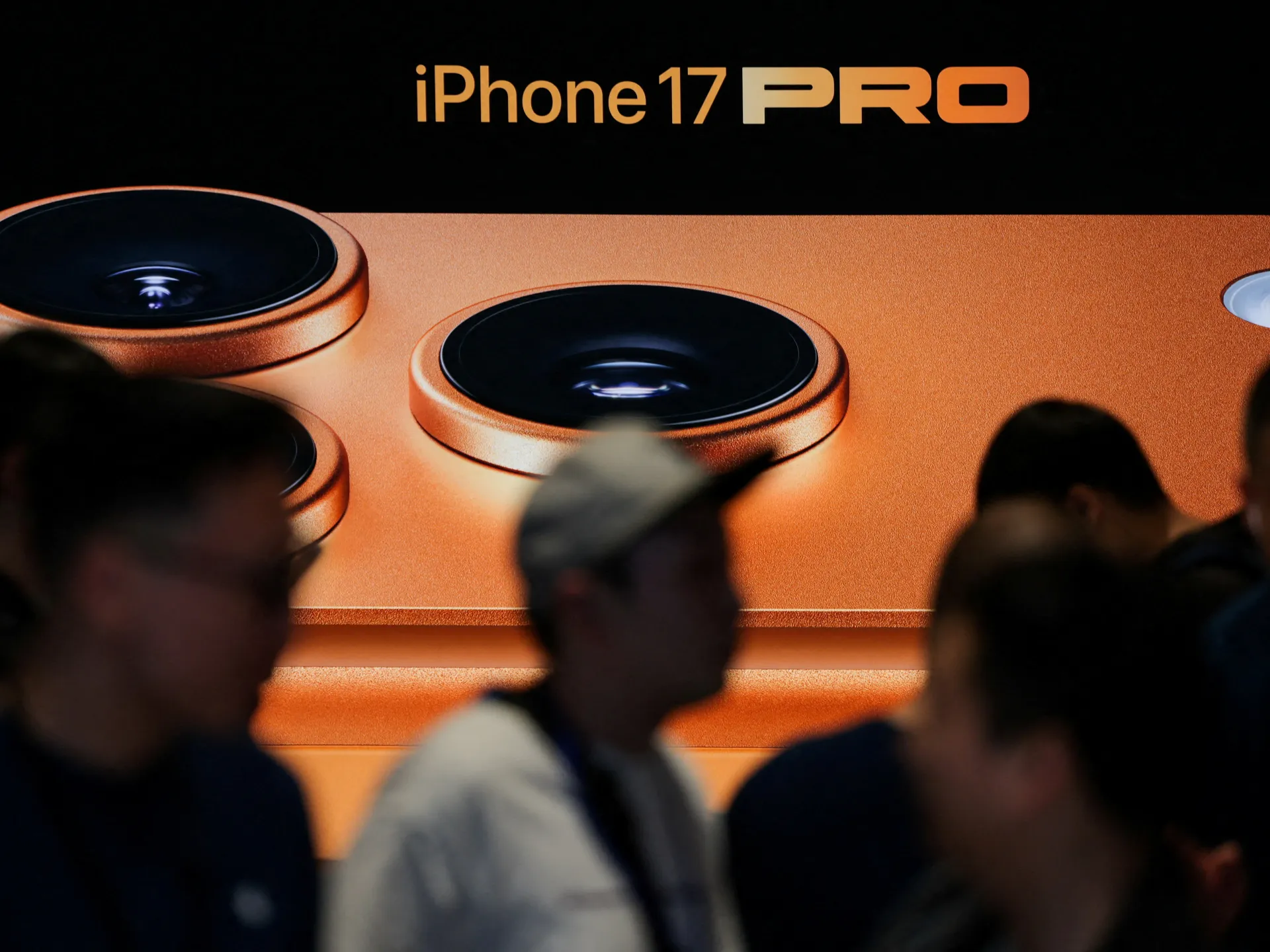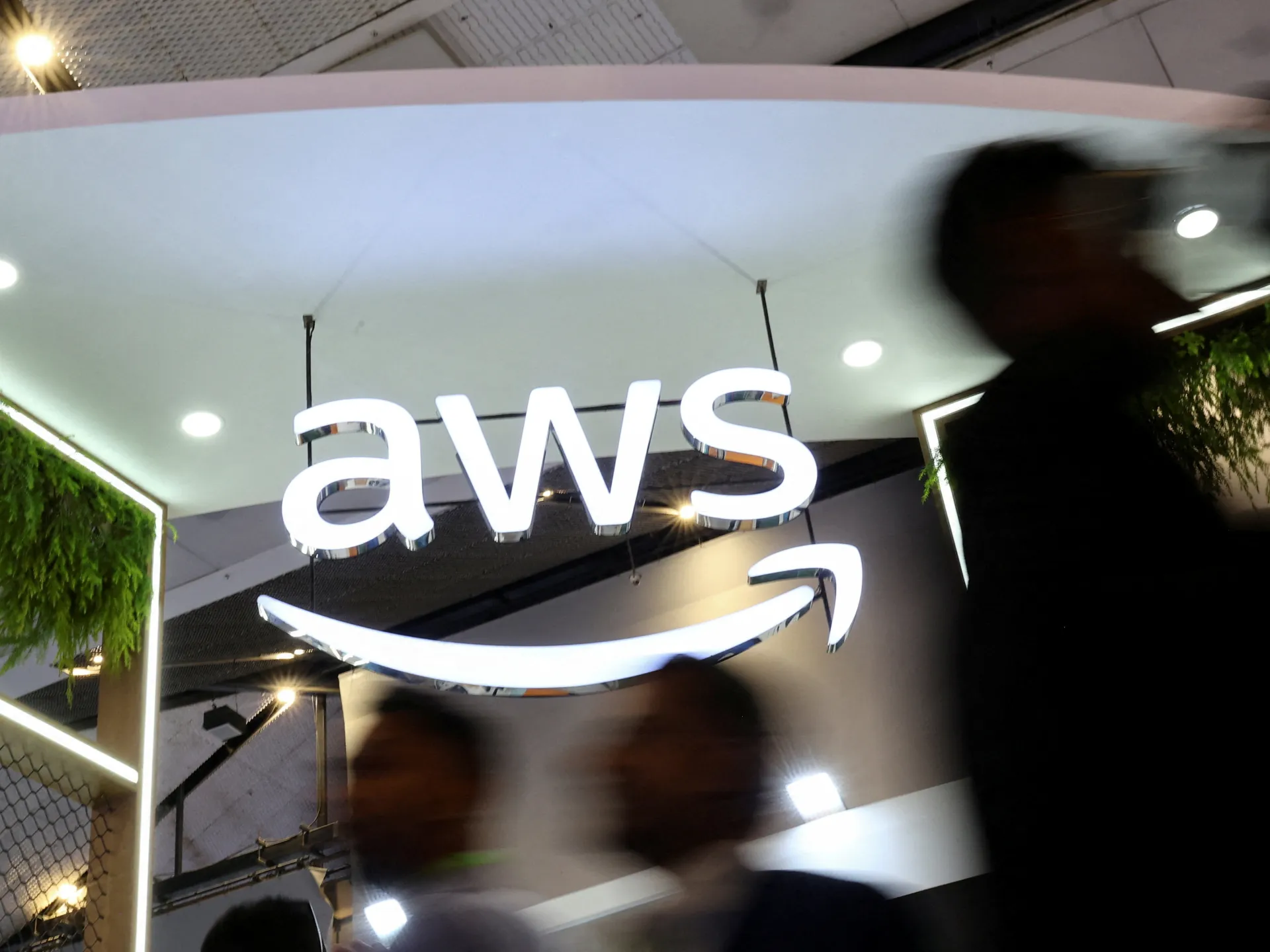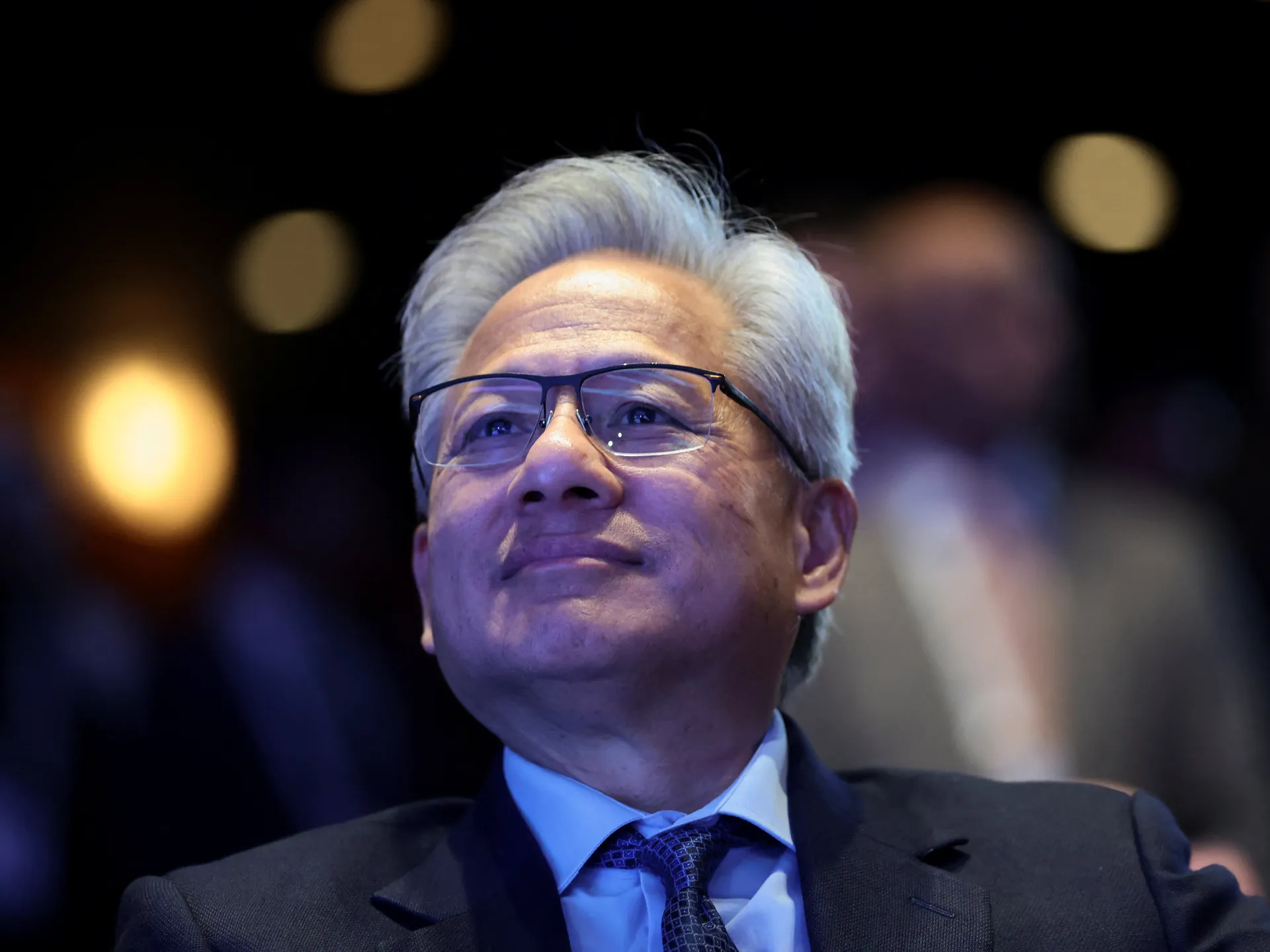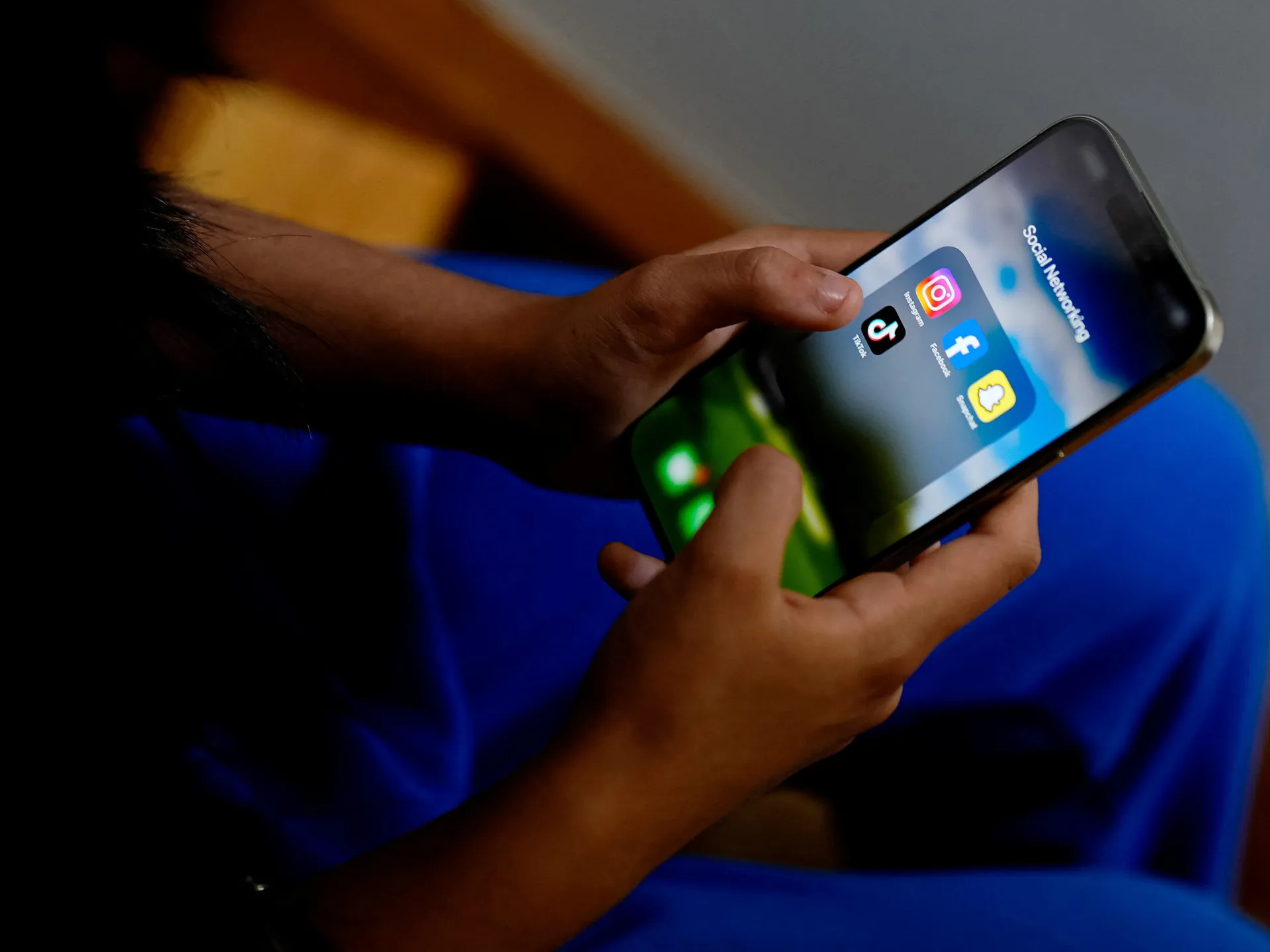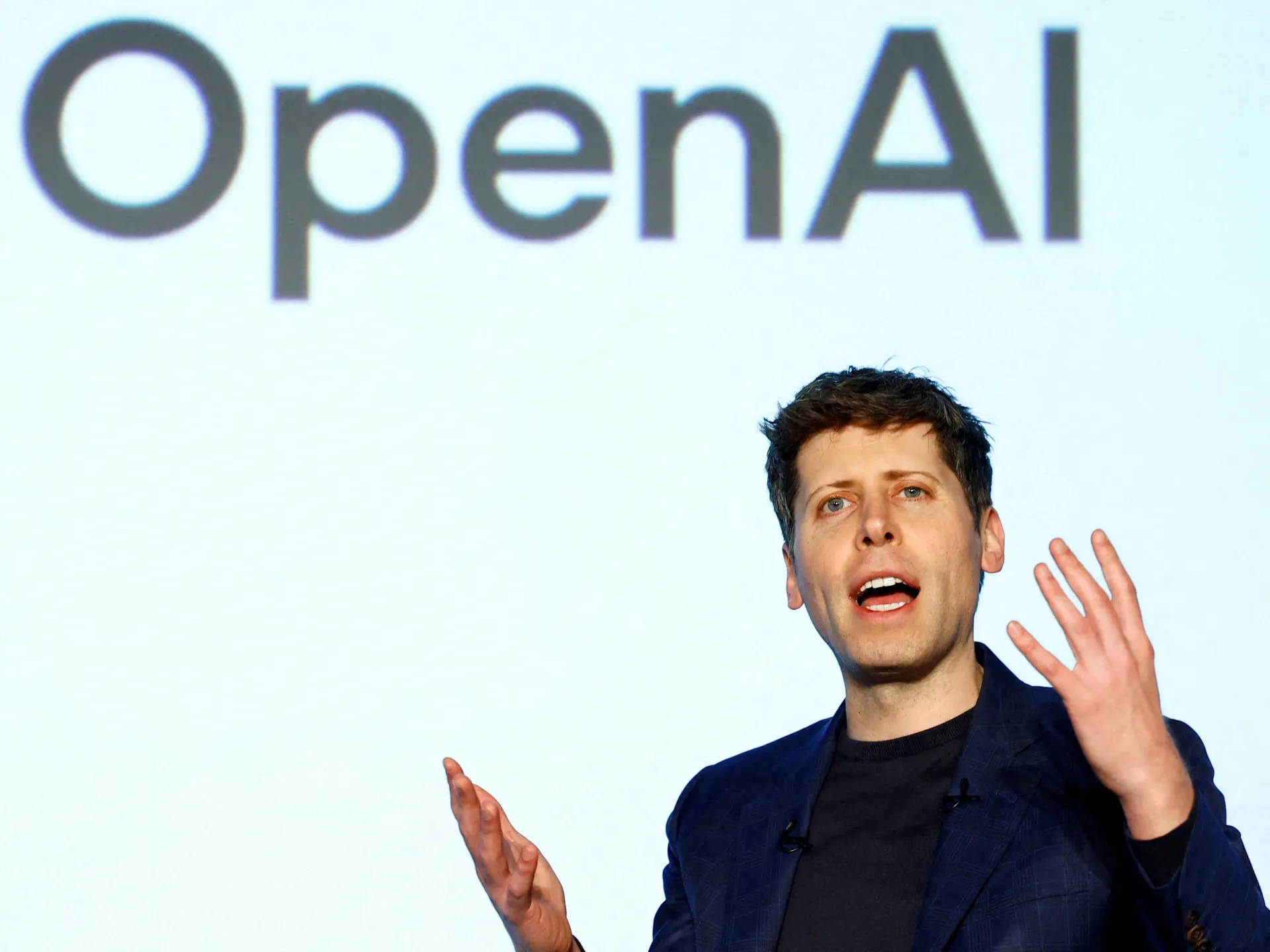US group sues Apple over DR Congo conflict minerals | Business and Economy News
International Rights Advocates also sued Tesla for a similar issue, but that case was dismissed.
Published On 26 Nov 2025
A United States-based advocacy group has filed a lawsuit in Washington, DC, accusing Apple of using minerals linked to conflict and human rights abuses in the Democratic Republic of the Congo (DRC) and Rwanda despite the iPhone maker’s denials.
International Rights Advocates (IRAdvocates) has previously sued Tesla, Apple and other tech firms over cobalt sourcing, but US courts dismissed that case last year.
Recommended Stories
list of 4 itemsend of list
French prosecutors in December also dropped a case filed by the DRC against Apple subsidiaries over conflict minerals, citing lack of evidence. A related criminal complaint in Belgium is still under investigation.
Apple denied any wrongdoing in response to the DRC’s legal cases, saying it had instructed its suppliers to halt the sourcing of material from the DRC and neighbouring Rwanda.
It did not immediately respond to requests for comment on the latest complaint.
IRAdvocates, a Washington, DC-based nonprofit that tries to use litigation to curtail rights abuses, said in the complaint filed on Tuesday in the Superior Court of the District of Columbia that Apple’s supply chain still includes cobalt, tin, tantalum and tungsten linked to child and forced labour as well as armed groups in the DRC and Rwanda.
The lawsuit seeks a determination by the court that Apple’s conduct violates consumer protection law, an injunction to halt alleged deceptive marketing and reimbursement of legal costs but does not seek monetary damages or class certification.
The lawsuit alleges that three Chinese smelters – Ningxia Orient, JiuJiang JinXin and Jiujiang Tanbre – processed coltan that United Nations and Global Witness investigators alleged was smuggled through Rwanda after armed groups seized mines in the eastern DRC and linked the material to Apple’s supply chain.
A University of Nottingham study published in 2025 found forced and child labour at DRC sites linked to Apple suppliers, the lawsuit said.
Ningxia Orient, JiuJiang JinXin and Jiujiang Tanbre did not immediately respond to requests for comment.
The DRC – which supplies about 70 percent of the world’s cobalt and significant volumes of tin, tantalum and tungsten used in phones, batteries and computers – did not immediately respond to a request for comment. Rwanda also did not immediately respond to a request for comment.
Apple has repeatedly denied sourcing minerals from conflict zones or using forced labour, citing audits and its supplier code of conduct. It said in December that there was “no reasonable basis” to conclude any smelters or refiners in its supply chain financed armed groups in the DRC or neighbouring countries.
Congolese authorities said armed groups in the eastern part of the country use mineral profits to fund a conflict that has killed thousands of people and displaced hundreds of thousands. The authorities have tightened controls on minerals to choke off funding, squeezing global supplies.
Apple says 76 percent of the cobalt in its devices was recycled in 2024, but the IRAdvocates lawsuit alleged its accounting method allows mixing with ore from conflict zones.
On Wall Street, Apple’s stock was up 0.8 percent.
